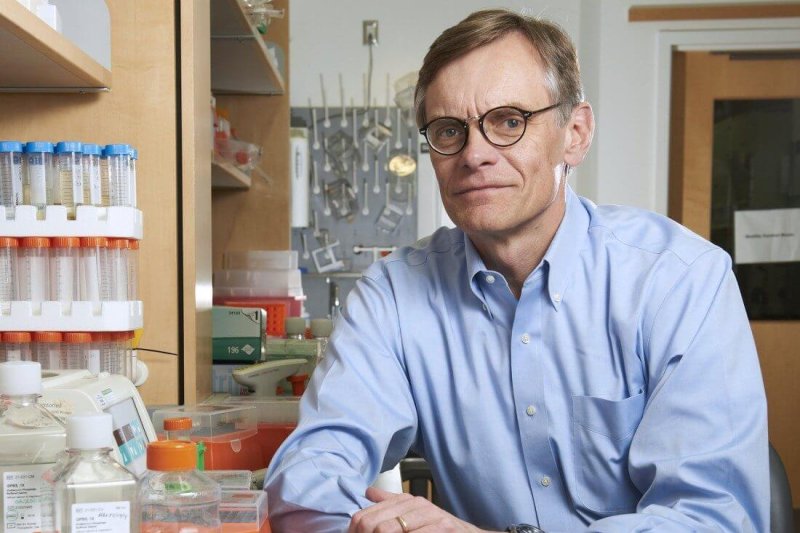Gene therapy, now a pillar of biotechnology with the potential to cure deadly diseases, was once a cautionary tale of scientific brinkmanship.
At the turn of the century, the once-promising idea of replacing a faulty gene with a corrective copy took a tragic turn. A 1999 clinical trial resulted in the death of an 18-year-old patient, dashing the ambitions of researchers and beginning a years-long fallow period in which finding support — and funding — for gene therapy research was more difficult than ever.
“I refer to the group that continued to work at it as ‘refugees,’” said Dr. James Wilson, a physician and scientist at University of Pennsylvania who has studied gene therapy for more than three decades. “That’s how we would refer to one another.”
Wilson, who led the 1999 trial, was among those who kept the faith.
…
He shared his work with that refugee network, and the field gradually turned a corner. In 2017, a company called Spark Therapeutics won the first-ever Food and Drug Administration approval for a gene therapy.
…
Over the past two decades, Wilson has been at once a proponent of gene therapy’s potential and a persistent voice of caution when it comes to the technology’s risks.
Read full, original post: Once a ‘refugee,’ a gene therapy pioneer finds a renewed calling as the field advances































